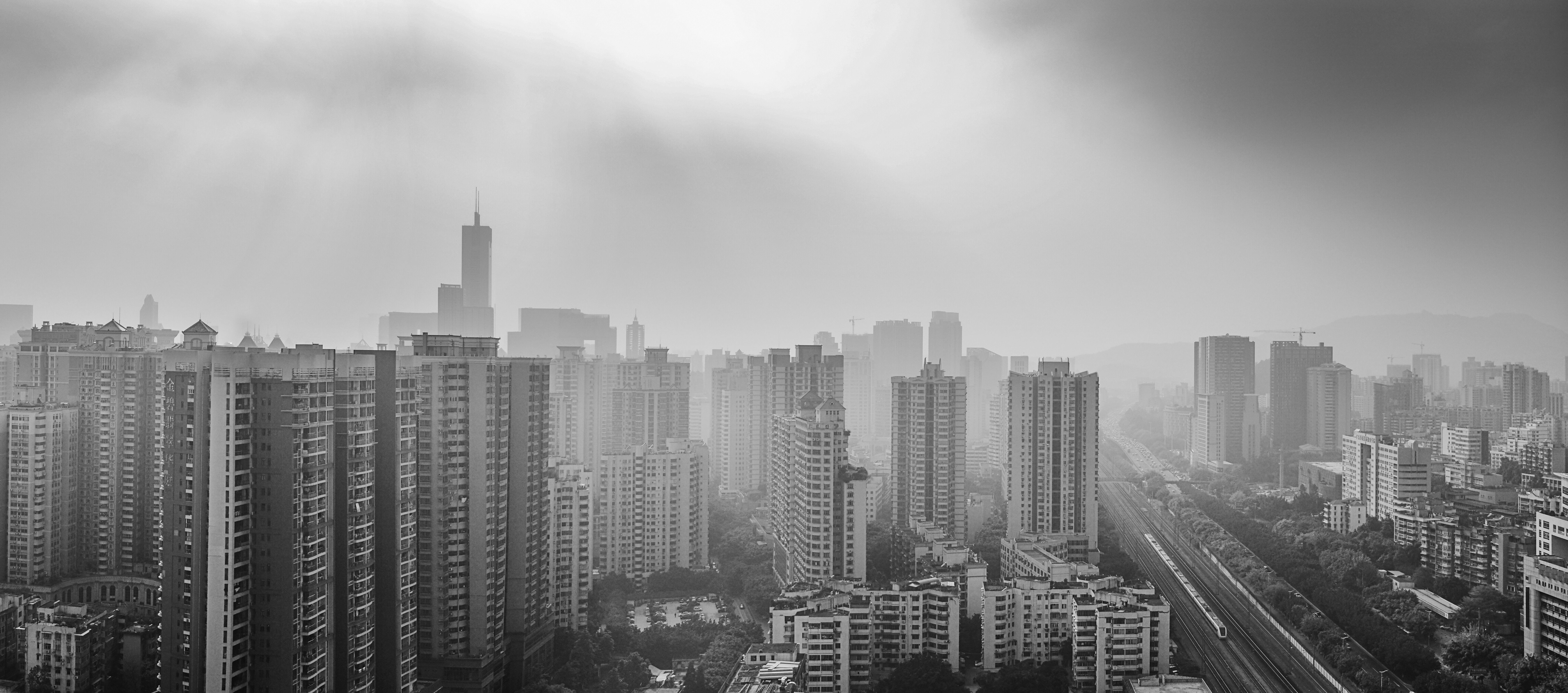Let’s Keep Our Lungs Healthy!

Written by Kelsey Rivers
If you have been outside at all in recent months, you can’t have helped but notice that beautiful blue days are few and far between, and that in general the sky is an unwholesome gray color, if not outright blanketed in smog and pollution. While this is generally attributed to the “yellow dust” phenomenon, in which sand and dust from the Gobi Desert in China are blown over to Korea, the hard truth is that only about 30 percent of the pollution we experience originates from there – the rest is homegrown (according to Greenpeace). This is a problem that needs to be seriously examined, considering that South Korea has become one the world’s most polluted countries; Seoul these days often overtaking notorious Beijing in terms of air pollution in daily rankings.
Why the seemingly sudden spike in air pollution? One area of blame is that reliance on clean nuclear energy has dropped sharply, while shares in coal-powered energy sources have been on the rise. A reason for this is the numerous scandals surrounding Korea’s nuclear power reactors, including falsified safety certificates for faulty equipment (among other problems), which has made the Korean public wary of nuclear energy. It does not help either that, in general, the Korean media portrays the air pollution problem as cyclical, not chronic. If the governmental and societal solution is to take short-term preventative measures and pin the blame on China, why would they go the hard way and actually enact long-term policy changes?
Why do we even care? If the pollution just causes a sore throat and some sinus issues, that’s not so bad, right? Actually, the ultrafine pollution, “PM2.5,” for which the government has already issued at least 85 warnings of unhealthy levels this year (twice the number of the whole previous year’s warnings of 41), is labeled a first-degree carcinogen by the World Health Organization (WHO). PM2.5 can carry all manner of pollutants, including arsenic and lead, and when it penetrates deep into the lungs, it can cause serious illnesses, including cancer and heart disease. It is estimated by WHO that air pollution contributes to three million deaths a year! As is often the case, children and the elderly are the most at-risk groups for developing illness due to pollution.
Although the ultimate solution would be for Korea to enact region-wide policy changes to limit pollution and find cleaner sources of energy, on an individual basis there is not much we can do beyond taking measures to protect ourselves from exposure. Here are a few ways you can protect your lungs.
Masks
What is most important when buying a mask is the filtration system and the fit of the mask. A lot of masks do not have sophisticated filtration systems in place, so they only block the larger particles in the air. What they really need to be blocking is PM2.5, or the particulate matter that is small enough to get into the lungs and enter the bloodstream. And if the fit is not quite right, unfiltered air can seep in at the edges and render the mask useless. While you may just want to rely on your typical convenience store-purchased mask, consider investing in a more expensive mask in which you can replace the filters, and that is designed to more closely fit the face. When buying a mask, make sure to take note of its anti-haze index. This shows the percentage of pollution it can filter out of the air. For example, an N95 mask filters 95 percent of the particulate matter out of the air you breathe. It is recommended to buy an N95 or above.
Air Purifiers
To be honest, the benefits of air purifiers are more anecdotal than scientifically proven, but in smaller, more poorly ventilated rooms, they can have an effect in reducing indoor air pollution. Air purifiers work by sucking in air, trapping particulate matter or gases by means of filter materials or electrostatic attraction, and releasing the clean air into the room.
Plants
Not only do plants naturally remove toxins from the air while simultaneously producing fresh oxygen, they are also beautiful and less of a blow to the wallet than the energy-using air purifiers. Easy-to-maintain air-purifying plants include areca palms, snake plants, money plants, and bamboo palms. There are plenty of other suggestions online for other air purifying plants, so if you can’t find a few of these at your local kkotjib (꽃집, flower shop), then you can research for further suggestions.







